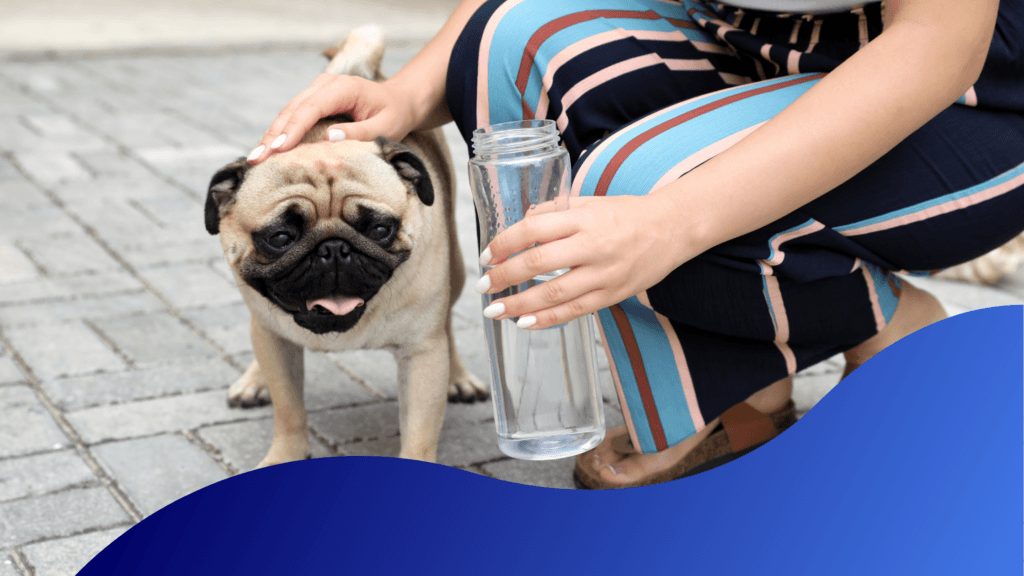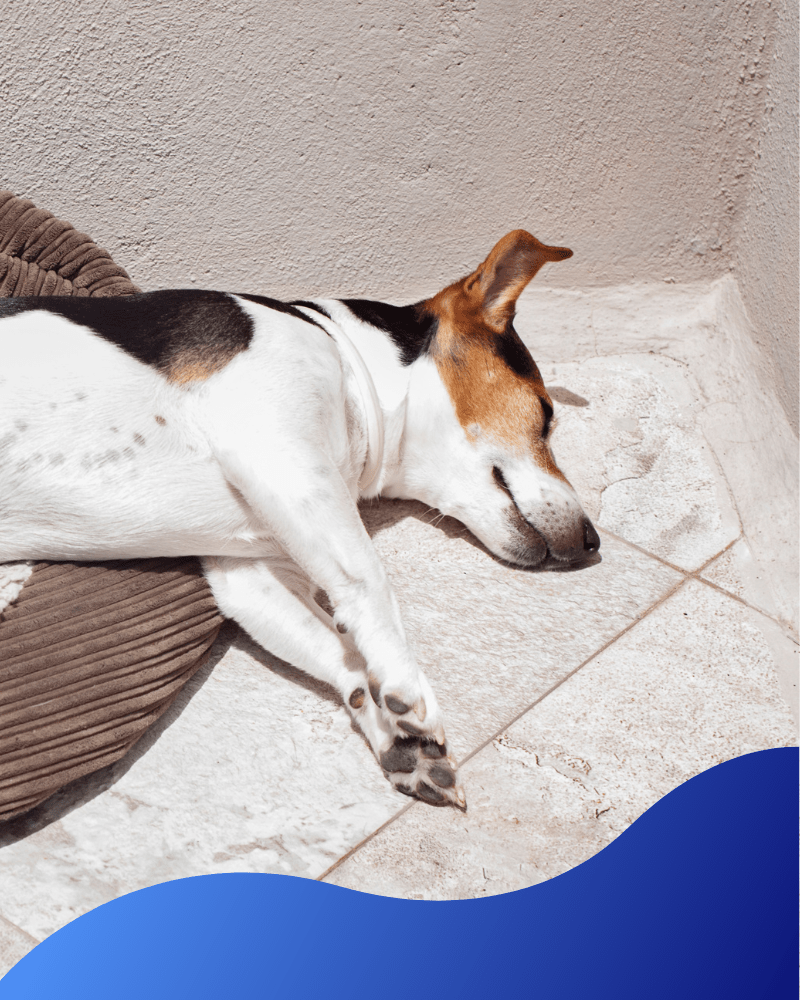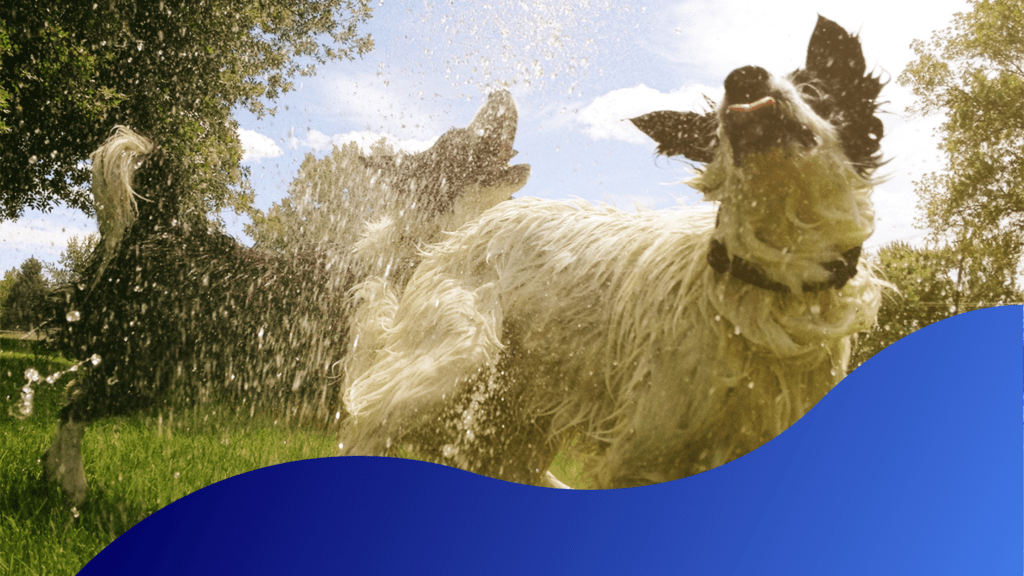
Heatstroke is a very serious condition that can progress very quickly, and in severe cases, cause seizures, organ damage and death.
What is Heatstroke?
Heat stroke is a term commonly used to describe hyperthermia or elevated body temperature. In general, if an animal’s body temperature exceeds 39.4°C (103°F), it is considered abnormal or hyperthermia.
Body temperature above 106°F (41°F) without prior signs of illness is often associated with exposure to excessive heat or outside temperatures and is commonly referred to as heatstroke.
What Are The Symptoms Of Heatstroke?
What Are The Causes of heatstroke?
Dogs have a limited ability to sweat, so instead they pant and use shade to cool down on hot days.
However, dogs also love to run, which is why nearly three-quarters of heatstroke cases develop with play and exercise.
It can also be caused by sitting in a place that is too hot or being stuck in a hot place, such as a car, porch, or room that doesn’t have adequate ventilation.
Any dog can get heatstroke, but flat-faced, overweight, giant breed, thick-haired, very old and very small dogs are most at risk.

What are the treatment options if my dog has heatstroke?
Cooling
We will try to lower your dog’s temperature as quickly as possible using a fan, cold water, and liquid drips if needed.
If your dog is overheated, has trouble breathing, is convulsing, or is unconscious, they may also need oxygen, medication, or anaesthesia.
Tests and Medication
Severe heatstroke can cause blood clotting problems and damage organs such as the kidneys, brain, intestines, heart, and lungs.
If your dog shows signs of severe heatstroke, we may may need to perform blood and urine tests, administer drips to support their organs, and give them medication to prevent further damage.

How to prevent my dog getting heatstroke?

Walk them at cooler times of the day
Avoid walking your dog during the hottest part of the day, and take your dog outside early in the morning or late at night when it’s cooler.
Completely avoid exercise in hot weather if your dog is unwell, old, young, overweight, sick or having trouble breathing.
Keep them shady and hydratyed
Make sure they are kept out of the sun as much as possible and that they have access to plenty of water throughout the day. If you are going on a walk take plenty of water with you.
Water play!
There are lots of fun water activities you can encourage your pooch to get involved in, such as doggy pools. Always make sure your supervising and never force your dog if they are scared.
Harness is best
Attaching a leaf to a harness will relieve pressure on your dog’s neck, making it easier for them to pant and cool down. This is really important if your dog has breathing problems.. Don’t forget to put your dog’s collar on even if you use a harness to walk your dog – it’s a legal requirement.
Five-second floor test
Any external floor can get very hot in the sun, which can burn your dogs paws. Always place you hand on the surface for five seconds to check it is safe for your dogs to walk on.
Avoid using the car
If travel is absolutely necessary, make sure they are shaded, well ventilated and have access to clean drinking water. Cooling mats can be useful when traveling in hot weather. NEVER leave your dog in the car.
Time for a haircut
Consider taking your dog to the groomers for a hair cut to reduce the amount of hair they are carrying in the hot weather. Brushing your dogs fur can also help.

Thanks for reading, until next time…
